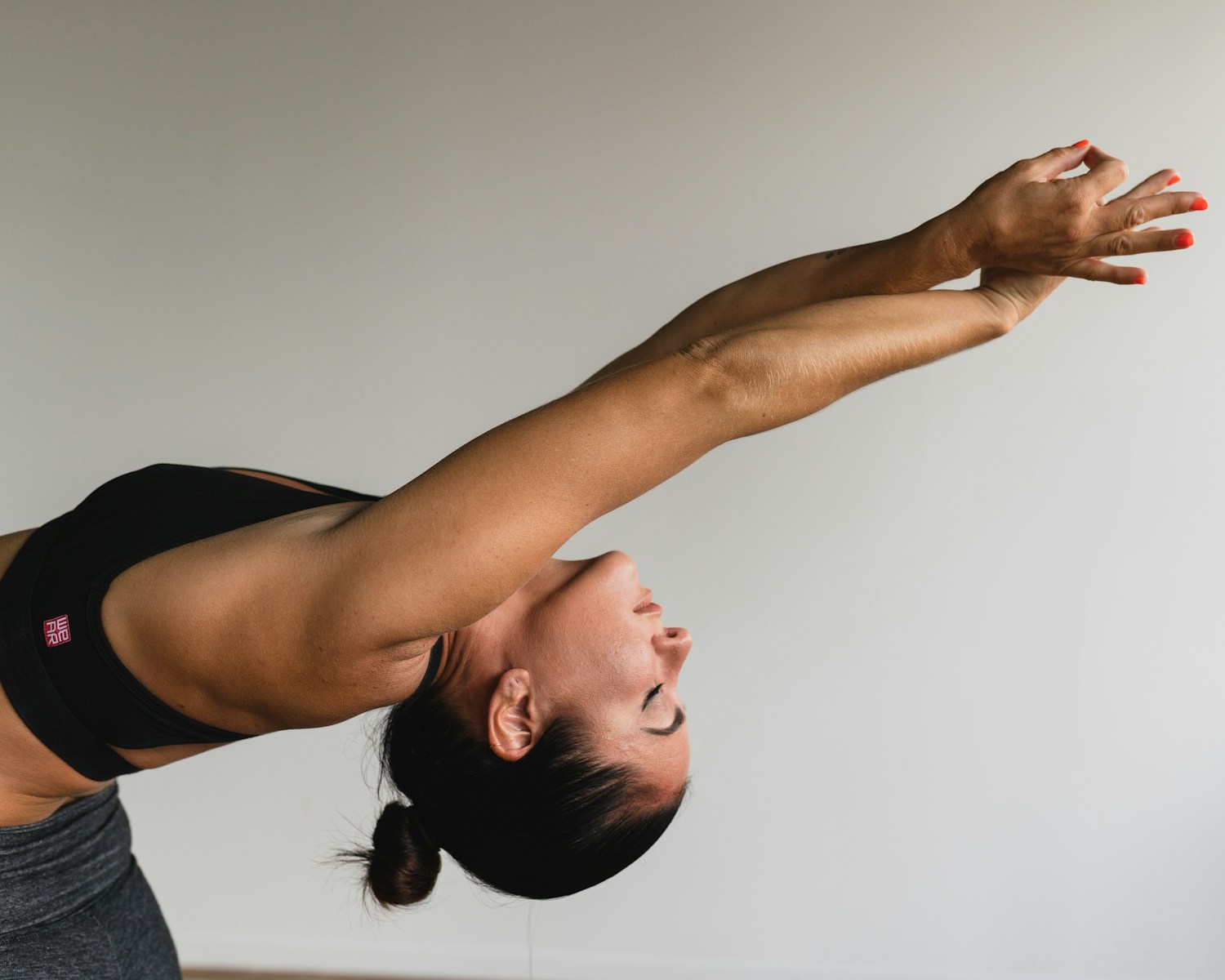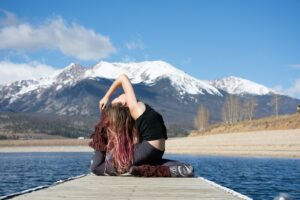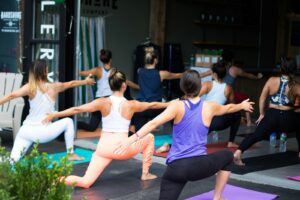![]()
Relaxing Hip Opening Yoga
- Introduction to Hip Opening Yoga
- Benefits of Practicing Hip Opening Yoga
- Preparing the Body for Hip Openers
- Relaxing Hip Opening Yoga Sequence
- Three-Legged Downward Facing Dog
- High Lunge
- Low Lunge
- Pigeon Pose
- Reclined Pigeon Pose
- Supine Twist
- Tips for Safe and Effective Hip Opening Practice
- Conclusion
Introduction to Hip Opening Yoga
Yoga is renowned for its ability to improve flexibility, mobility, and overall physical well-being. One of the key areas that yoga targets is the hips – a complex joint that plays a crucial role in our daily movements and overall posture. Tight, restricted hips can lead to a host of issues, including lower back pain, knee problems, and even emotional stress. That’s where relaxing hip opening yoga comes in. This gentle, restorative practice focuses on releasing tension and increasing range of motion in the hips, pelvis, and surrounding muscle groups. By incorporating a sequence of carefully selected poses, you can experience a profound sense of release and relaxation, both physically and mentally.
Benefits of Practicing Hip Opening Yoga
Incorporating hip opening yoga into your routine can provide a multitude of benefits, including:
- Improved Flexibility and Mobility: The hips are a complex joint that can become tight and restricted due to our sedentary lifestyles. Hip opening poses help to lengthen and stretch the muscles around the hips, improving overall range of motion.
- Reduced Lower Back Pain: Tight hips can contribute to lower back pain by causing imbalances and putting strain on the spine. Hip openers help to alleviate this discomfort by releasing tension in the hips and improving posture.
- Enhanced Emotional Well-being: It’s believed that the hips can hold onto emotional tension and stress. By practicing hip opening poses, you may experience a release of these pent-up emotions, leading to a greater sense of calm and relaxation.
- Improved Circulation and Oxygen Flow: Hip opening poses can help to improve blood flow and oxygen delivery to the hips, pelvis, and surrounding areas, promoting overall health and well-being.
- Injury Prevention: By maintaining flexibility and mobility in the hips, you can reduce the risk of injuries, particularly in activities that involve a lot of hip movement, such as running, cycling, or dance.
Preparing the Body for Hip Openers
Before diving into a relaxing hip opening yoga sequence, it’s important to properly prepare the body. Start with a few gentle warm-up exercises, such as:
- Gentle Leg Swings: Stand with your feet hip-width apart and gently swing one leg forward and back, then repeat on the other side.
- Cat-Cow Pose: Get on all fours and alternate between arching your back (cat pose) and dropping your belly towards the floor (cow pose).
- Ankle Circles: Sit or stand and make small, controlled circles with your ankles in both directions.
These warm-up exercises will help to increase blood flow and prepare the muscles for the deeper stretches to come.
Relaxing Hip Opening Yoga Sequence
Now, let’s dive into a relaxing hip opening yoga sequence that you can practice at home:
Begin in Downward Facing Dog Pose, with your palms shoulder-width apart and your heels pressing back towards the floor. On an inhalation, raise one leg up towards the ceiling, keeping your hips square and your lifted leg in line with your back. Hold for 10 seconds, then repeat on the other side.
From Three-Legged Downward Facing Dog, sweep your lifted leg through your centerline and plant your foot in between your hands. Bend your front knee to 90 degrees, making sure your knee is stacked over your heel. Lengthen your back leg and release any tension in your neck. Hold for 10 seconds, then repeat on the other side.
From High Lunge, bring your back knee down to the floor and sweep your arms overhead. Draw in your lower belly to protect and lengthen your spine. Sink down into your back hip while engaging your core. Hold for 10 seconds, then repeat on the other side.
From Low Lunge, bring your front knee out to the side and lower your back knee to the floor. Fold forward over your front leg, keeping your spine long. If needed, place a blanket or block under your front hip for support. Hold for 30-60 seconds, then repeat on the other side.
Lie on your back and cross one ankle over the opposite thigh. Gently draw your thigh towards your chest, feeling a deep stretch in your outer hip. Hold for 30-60 seconds, then repeat on the other side.
Lie on your back with your arms out to the sides, palms facing down. Slowly let your knees fall to one side, keeping your shoulders grounded. Hold for 30-60 seconds, then repeat on the other side.
Tips for Safe and Effective Hip Opening Practice
To ensure a safe and effective hip opening practice, keep the following tips in mind:
- Listen to Your Body: Avoid pushing too deeply into the poses, especially if you’re new to hip openers. Respect your body’s limits and focus on gentle, controlled movements.
- Use Props: Incorporate blocks, blankets, or straps to support your body and help you access the poses more comfortably.
- Warm Up Thoroughly: Spend time on the warm-up exercises to prepare your body for the deeper stretches.
- Breathe Deeply: Focus on your breath throughout the practice, using it to guide your movements and deepen the stretches.
- Practice Regularly: Incorporate hip opening yoga into your routine a few times per week for optimal benefits.
Conclusion
Relaxing hip opening yoga is a powerful practice that can help to release tension, improve flexibility, and promote overall well-being. By incorporating a sequence of carefully selected poses, you can experience a profound sense of release and relaxation, both physically and mentally. Remember to listen to your body, use props as needed, and practice regularly for the best results. Enjoy your journey towards greater hip mobility and a deeper sense of calm.


